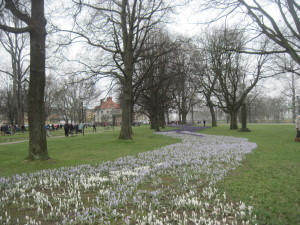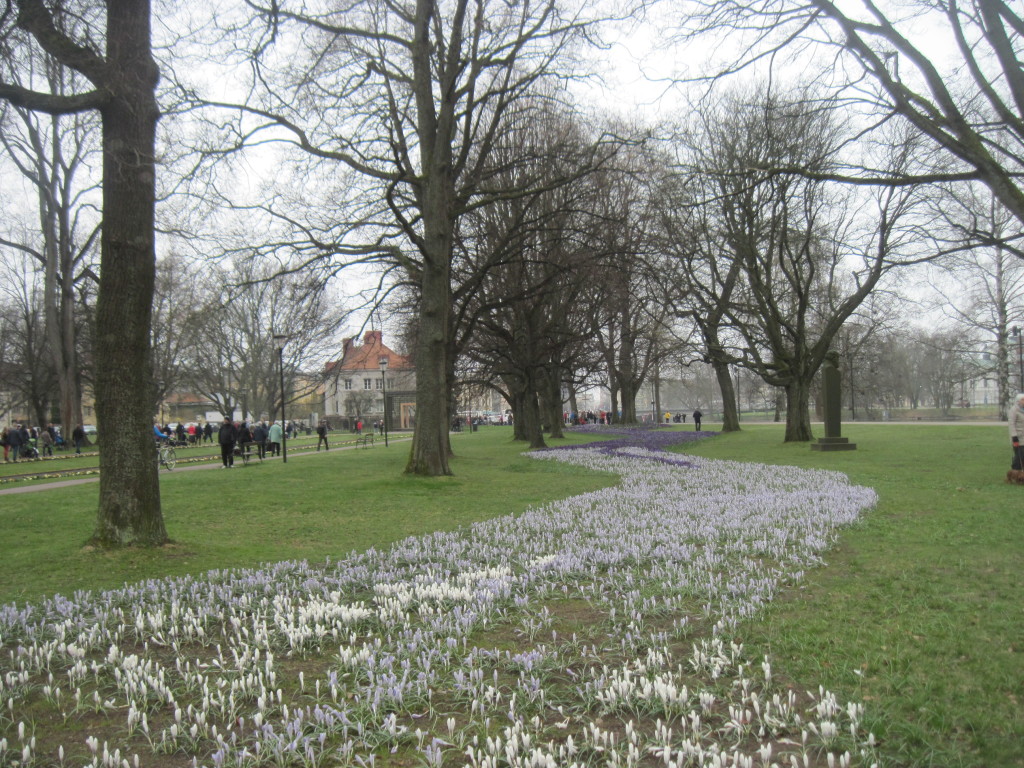Over the following months, I will share concepts related to yoga and meditation on the Peace Blog. This week, the topic is ‘letting go’. Something that we all have needed from time to time, just so that we can get on with our lives, and leave the past, the pain, the grudges, and in some cases even joys behind.
Letting go allows us to be free and move ahead without baggage.

Patanjali’s Yoga Sutras provide an insight into the functioning of brain, its impact on our state of mind and then provides solutions that will lead us to a stable state of mind. Credited for several ancient works on topics ranging from language to medicine, Patanjali is most known for Yoga Sutras. Two concepts that form the core of yoga – Hatha Yoga, the form in which yoga is most known outside of India, is only one of many forms of yoga – are known in Sanskrit as Abhayasa & Vairagya.
The closest meaning of Abhayasa in English is ‘repeated effort’. In this context, it implies that letting go is a process and that it happens over a series of actions. For a while, it might seem that we are not moving forward. Still, continuous effort, and practice with a steady focus on our intention to put behind us a memory, addiction, or self-defeating habit will bring results.
Vairagya, translated as ‘non-attachment’, underlines the importance of ‘letting go’ of our focus on the result, and not get frustrated when we do not see an instant improvement. As is the state of the universe, things are always in motion, always in flux. So is our nature.
To be free, we need to combine both Abhyasa & Vairagya. During meditation, we are combining the same two means so as to achieve a peaceful, still and focused state of mind.


